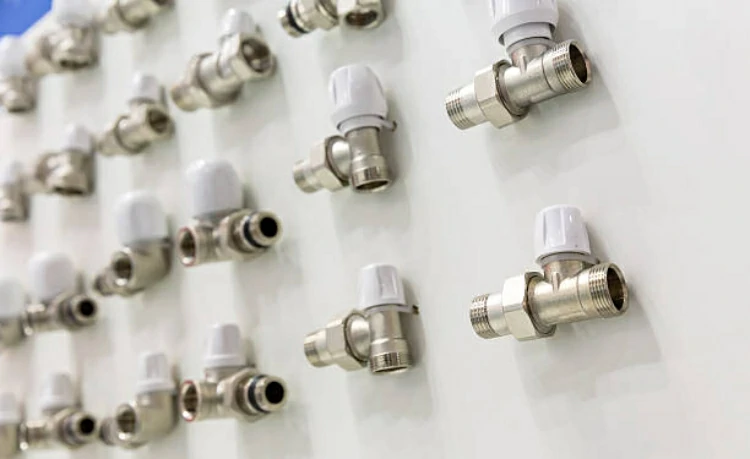Introduction:
Distinguishing between brass valves and bronze valves, the difference lies in their material composition. Copper alloys, including brass and bronze, are formed by adding elements such as zinc, tin, aluminum, beryllium, manganese, silicon, nickel, phosphorus, etc., to pure copper. These alloys exhibit excellent conductivity, thermal conductivity, corrosion resistance, high strength, and wear resistance.
Two Materials, Two Valves:
Brass is a copper alloy primarily composed of copper and zinc. It can be classified into common brass and special brass based on chemical composition. Common brass is a binary alloy suitable for manufacturing sheets, rods, wires, pipes, and deep-drawn parts, while special brass, with added elements like aluminum, silicon, manganese, lead, tin, enhances strength, corrosion resistance, and casting performance for specific applications.
Brass valves, made from brass, inherit copper’s advantages and offer higher aesthetic quality. The addition of zinc makes brass valves more robust than copper, though their performance may not match at low temperatures. Widely used in the plumbing industry, brass valves withstand high water temperatures but may face challenges in cold water. The high electrical resistance of brass valves eliminates concerns about corrosion, a crucial quality in plumbing products.
Bronze, a copper alloy, originally referred to copper-tin alloy but industrially includes elements like aluminum, silicon, lead, beryllium, manganese, etc. Bronze divides into tin bronze, aluminum bronze, beryllium bronze, etc., through pressure processing or casting. Tin bronze, with tin as the main alloying element, finds applications in shipbuilding, chemical, and mechanical industries for manufacturing wear-resistant and corrosion-resistant parts. Aluminum bronze, with aluminum as the main alloying element, possesses high strength and good wear resistance, suitable for manufacturing high-strength wear-resistant parts and highly corrosion-resistant elastic elements. Beryllium bronze, containing beryllium as its primary element, serves in precision instruments, clock gears, and bearings operating under high-speed and high-pressure conditions. Its conductivity makes bronze a common choice in electrical equipment, and the construction industry favors its lightweight and durable characteristics.
Differences between Brass and Bronze Valves:
The material of valves plays a crucial role in their efficiency, and it’s vital not to overlook this detail. Certain materials excel in specific industries but may fall short in others. Understanding which material suits your application is crucial.
Conclusion:
While copper constitutes both brass and bronze, each valve has its unique advantages and disadvantages. Differences between brass valves and copper valves extend from appearance to capabilities. Understanding their benefits helps determine the most suitable industry and application for their use. By focusing on the quality of different materials, you can contribute to improving the efficiency of systems and applications.
Contact:
IFAN is a professional manufacturer with 30 years of experience in producing plastic pipes, fittings, and valves in China. If you are interested in IFAN’s brass valves, PPR valves, pipes, and fittings, feel free to contact us. IFAN provides various standard pipes to meet your specific requirements. Click below to explore IFAN’s diverse, cost-effective valve products and related pipeline system products.
We will reply your email or fax within 24 hours.
You can call us at any time if there is any question on our production.
For more information,pls visit our webside https://www.ifanplus.com/
Pls Mailto: [email protected]






